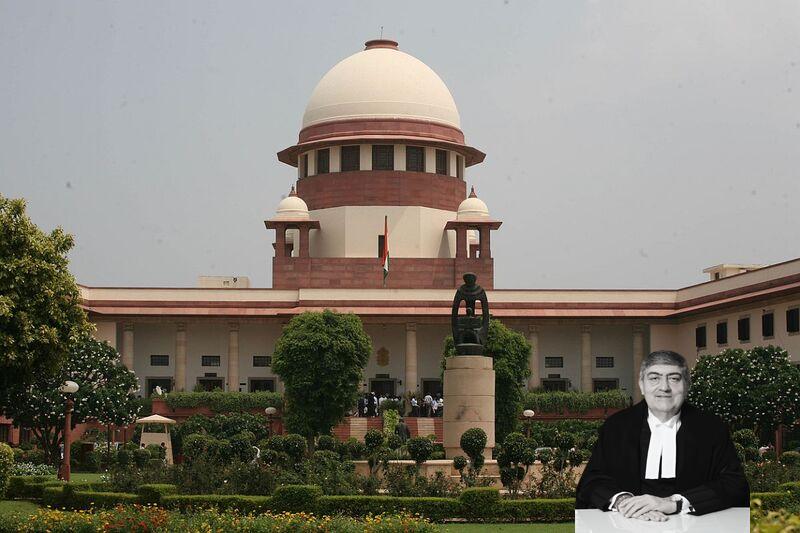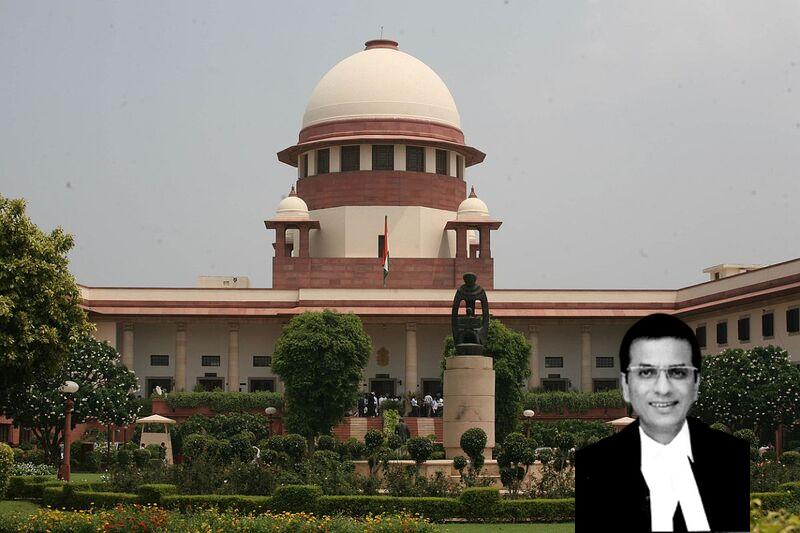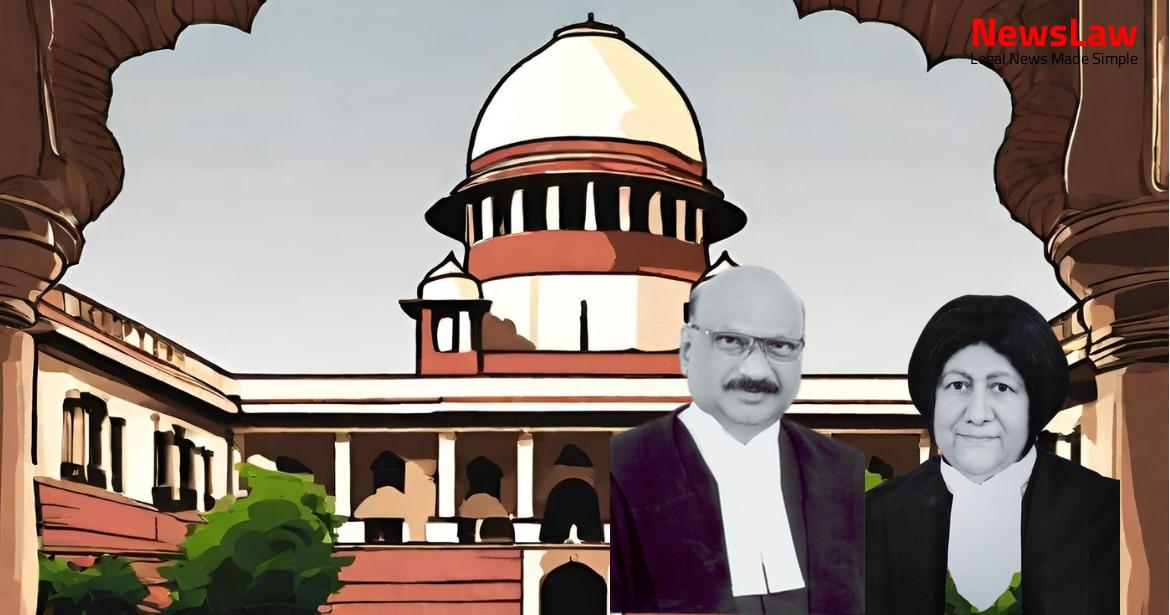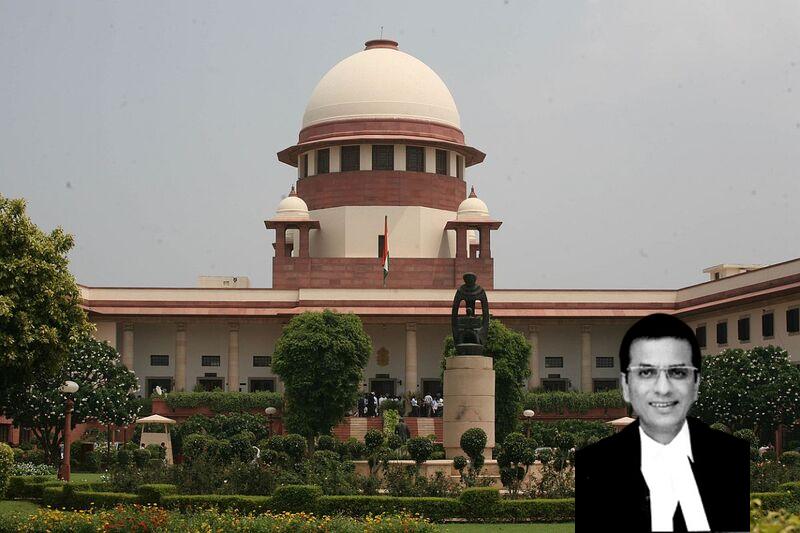It is the say of the appellant before us that this has far reaching consequences for him and his role as the Resolution Professional as: a) the appellant is ineligible to continue as a Resolution Professional; 2 b) the applicant is ineligible to be considered as Board is liquidator of the corporate debtor; c) the case of the appellant is required to be referred to the Insolvency and Bankruptcy Board of India (IBBI) for further action in accordance with law on the ground that the appellant had erred in putting up a plan that was not in consonance with law for consideration of the adjudicating authority. We have heard learned counsel for the appellant/Resolution Professional and the learned Amicus not only because it would affect the professional abilities of the appellant but because certain issues required adjudication by us, more so, in view of the impugned order relying on an earlier order of the National Company Law Appellant Tribunal in Digamber Anand Rao Pingle v. Persons not eligible to be resolution applicant- (C) at the time of submission of the resolution plan has an account, or an account of a corporate debtor under the management or control of such person or of whom such person is a promoter, classified as non-performing asset in accordance with the guidelines of the Reserve Bank of India issued under the Banking Regulation Act, 1949 (10 of 1949) or the guidelines of a financial sector regulator issued under any other law for the time being in force, and at least a period of one year has lapsed from the date of such classification 4 till the date of commencement of the corporate insolvency resolution process of the corporate debtor: Provided that the person shall be eligible to submit a resolution plan if such person makes payment of all overdue amounts with interest thereon and charges relating to non- performing asset accounts before submission of resolution plan: Provided further that nothing in this clause shall apply to a resolution applicant where such applicant is a financial entity and is not a related party to the corporate debtor. Explanation II -For the purposes of this clause, where a resolution applicant has an account, or an account of a corporate debtor under the management or control of such person or of whom such person is a promoter, classified as non-performing asset and such account was acquired pursuant to a prior resolution plan approved under this Code, then, the provisions of this clause shall not apply to such resolution applicant for a period of three years from the date of approval of such 5 resolution plan by the Adjudicating Authority under this Code.
(h) has executed a guarantee in favour of a creditor in respect of a corporate debtor against which an application for insolvency resolution made by such creditor has been admitted under this Code and such guarantee has been invoked by the creditor and remains unpaid in full or part:” 6. In the factual scenario, it is stated that there are no bank dues/outstanding which would at all invite a concept of NPA much less the period of one year. The impugned order has been based only on the issue of Section 240A of the said Code. Consequently, the amendment of 2018 introducing the words “at the time of submission of the resolution plan” is clarificatory, as this was always the correct interpretation as to the point of time at which the disqualification in clause (c) of Section 29-A will attach.
That Report clearly stated: “In relation to applicability of Section 29-A (c), the Committee also discussed that it must be clarified that the disqualification pursuant to Section 29-A(c) shall be applicable if such NPA accounts are held by the resolution applicant or its connected persons at the time of submission of the resolution plan to the RP.”
The ingredients of clause (c) are that, the ineligibility to submit a resolution plan attaches if any person, as is referred to in the opening lines of Section 29-A, either itself has an account, or is a promoter of, or in the management or control of, a corporate debtor which has an account, which has been classified as a non-performing asset, for a period of at least one year from the date of such classification till the date of commencement of the corporate insolvency resolution process. This provision therefore ensures that if a person wishes to submit a resolution plan, and if such person or any person acting jointly or any person in concert with such person, happens to either manage, control, or be promoter of a corporate debtor declared as a non-performing asset one year before the corporate insolvency resolution process begins, is ineligible to submit a resolution plan. Any person who wishes to submit a resolution plan acting jointly or in concert with other persons, any of who may either manage, control or be a promoter of a corporate debtor classified as a non-performing asset in the period abovementioned, must first pay off the debt of the said corporate debtor classified as a non-performing asset in order to become eligible under Section 29-A(c).” Thus, in a sense what is to be tested is whether the Tribunal’s view in Digambar Anand Rao Pingle ’s case (supra) sets forth the correct position of law. (2) Subject to sub-section (1), the Central Government may, in the public interest, by notification, direct that any of the provisions of this Code shall— (a) not apply to micro, small and medium enterprises; or (b) apply to micro, small and medium enterprises, with such modifications as may be specified in the notification.
(4) If both Houses agree in disapproving the issue of notification or both Houses agree in making any modification in the notification, the notification shall not be issued or shall be issued only in such modified form as may be agreed upon by both the Houses, as the case may be. Section 7 of the Micro, Small and Medium Enterprises Development Act, 2006 classifies enterprises depending upon whether they manufacture or produce goods, or are engaged in providing and rendering services as micro, small, or medium, depending upon certain investments made, as follows: “7.Classification of enterprises.
113.
Thus, the financial creditor or operational creditors of MSMEs may take it to insolvency under the Code. Following upon the Insolvency Law Committee‘s Report, Section 240A has been inserted in the Code with retrospective effect from 06.06.2018 as follows: “Section 240A: Application of this Code to micro, small and medium enterprises.- (1) Notwithstanding anything to the contrary contained in this Code, the provisions of clauses (c) and (h) of section 29A shal l not apply to the resolution applicant in respect of corporate insolvency resolution process or pre-packaged insolvency resolution process of any micro, small and medium enterprises. (3) A draft of every notification proposed to be issued under sub-section (2), shall be 16 laid before each House of Parliament, while it is in session, for a total period of thirty days which may be comprised in one session or in two or more successive sessions. This and other amendments that are repeatedly being made to the Code, and to subordinate legislation made thereunder, based upon Committee Reports which are looking into the working of the Code, would also show that the legislature is alive to serious anomalies that arise in the working of the Code and steps in to rectify them.” Under the heading “ exemption of Micro, Small and Medium Enterprises from Section 29-A ” the discussion begins. The ILC report 2018 exempted these industries from 29-A (c) and (h) and the rationale for the same was contained in para 27.4 of the report which reads as under: “Section27.4 Regarding the first issue, the Code is clear that default of INR one lakh or above triggers the right of a financial creditor or an operational creditor to file for insolvency.
The rationale for this relaxation is that a business of an MSME attracts interest primarily from a promoter of an MSME and may not be of interest to other resolution applicants.” The aforesaid thus, makes it clear as opined in the said judgments also, that excluding such industries from disqualification under 29A (c) and (h) is because qua such industries other resolution applicants may not be forthcoming which thus would inevitably lead not to resolution but to liquidation. Effectively, this clause will mean that those, who are in management and on account of whom this insolvent or the non- performing asset has arisen, will not try and say, I do not discharge any of the outstanding debts in terms of making the accounts operational, and yet I would like to apply and get the same enterprise back at a discounted value, for this is not the object of this particular Act itself.
The aforesaid statement, while giving the objective of interpretation of Section 29A and referring to the disqualification in Clause (c), is in regard to those who are corporate debtor and provides the cut off 20 “ as on date of the application making a bid”.
Thus, to opine that it is the initiation of the CIRP proceedings which is the relevant date, cannot be said to reflect the correct legal view and thus, we are constrained to observe that the law laid down in Digambar Anand Rao Pigle (supra) case by the Tribunal is not the correct position in law and the 21 cut off date will be the date of submission of resolution plan. 22 IA No.230784/2023 for Intervention In view of the view we have taken in the appeal, the application stands disposed of.
Case Number: C.A. No.-004422 / 2023



